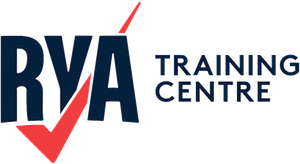All our courses are engaging, interactive and fun! Whether formal training or simply looking to brush up, we take online learning to the next level.
Day Skipper Theory
Our free downloads are specially designed to support students working through their Day Skipper Theory course. From essential navigation plotting sheets and tidal curve templates to plain English guides on COLREGS and buoyage, these resources are perfect for reinforcing your learning during the course—and they’re just as useful when you’re skippering your own passages later on. Whether you’re revising at home or planning your first coastal cruise, our growing collection of student-friendly tools will help you stay confident and well-prepared on the water.

